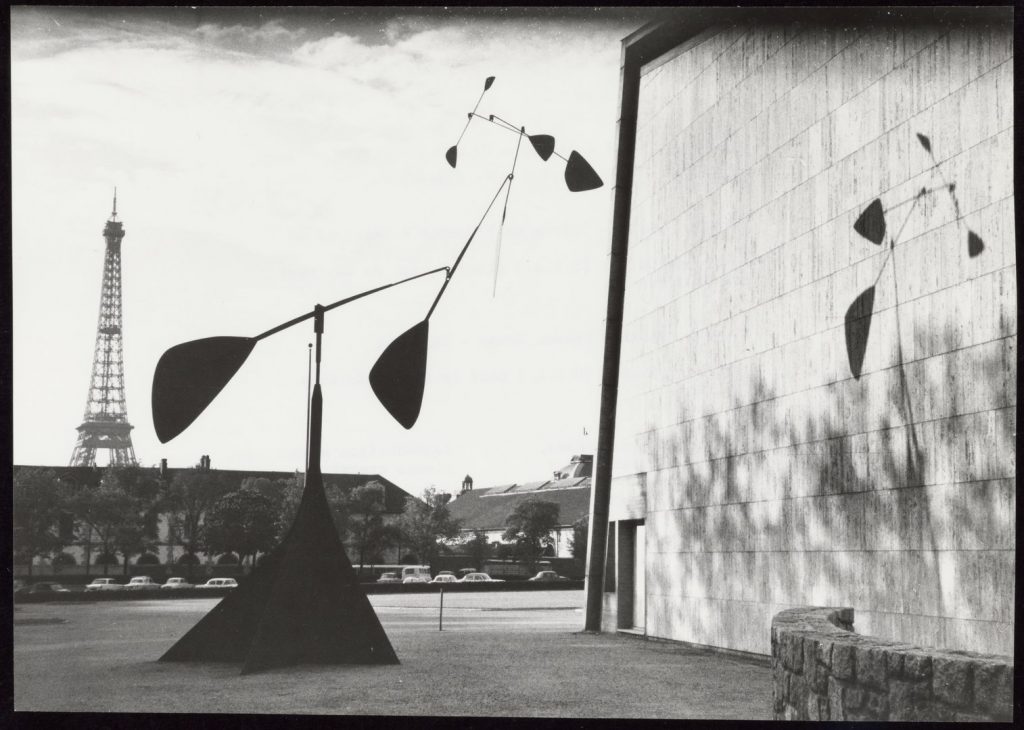Benjamin G. Martin, Department of History of Science and Ideas, Uppsala University

Recent years have seen a burst of interest in “global intellectual history.” Practitioners debate the precise meaning of this phrase, but it evidently reflects an ambition to take a more inclusive approach to the history of ideas around the world—beyond the Western European core on which the field has traditionally focused—paying attention in particular to the cross-cultural contacts that are so important to our globalized present. [1] The last decade or so has also witnessed growing interest in what could be called digital intellectual history. This trend is characterized by the application of tools and methods from the digital humanities to approach questions in the history of science and ideas. Intellectual history’s digital turn is less well established than its global one, but it seems likely to continue and to grow in scale. [2]
These two trends in intellectual history -— the global and the digital —- seem to have a lot to offer one another. But so far they have developed as it were on parallel tracks: both moving forward but with little contact between them. There are several reasons for this. But one particular challenge to using digital methods as part of a global approach to intellectual history has to do with sources. Locating historical source materials that give us access to a “global” realm is hard enough by itself. Few scholars can handle more than a few languages, and studies of the transnational movement and reception of ideas have often tended “simply to multiply the frame of national history.” [3] Locating sources that are global and amenable to digital analysis is harder still. Most of the big text repositories that intellectual historians have used -— like Eighteenth-Century Collections Online, used in the historian Peter De Bolla’s recent book The Architecture of Concepts —- are national in character. [4] Newspapers, another source in which to follow language use and, perhaps, concept development over time, are likewise almost always national. Moreover, the historical sources that get digitized have so far tended to be from wealthy countries in the global north, with their large, well-financed libraries and expensive digitalization facilities. So far, then, an intellectual historian’s effort to go digital would appear to be at odds with the aspiration to go global.
There is, however, one major arena in which, for the last half-century or so, representatives of nearly every country on earth have regularly met and interacted, and about which a growing mass of digitized historical source materials is available: the world of international organizations. As the historian Sandrine Kott has observed, bodies like the United Nations, the World Health Organization, or the International Olympic Committee can be studied not only as actors in their own right, but as “open social spaces through which we can observe exchanges and circulation” —- including exchanges and circulation of ideas.[5]
This is the point of departure for the research project International Ideas at UNESCO. In this study, researchers and systems developers at Uppsala University and at Humlab (the digital humanities center at Umeå University) apply cutting-edge tools of digital text analysis to a selection of texts produced by this international organization. Founded in 1945 to promote “peace in the minds of men,” UNESCO has debated and acted on matters of particular interest to intellectual historians: the organization and dissemination of knowledge, the role of cultural expression in human communities, and the power of communication across national, ideological and cultural boundaries. Since the early 1960s, when the organization was joined by many newly independent post-colonial states, it has handled these matters as a truly global forum. In recent years, the organization has undertaken an ambitious digitalization project, rendering large quantities of its publications and archival documentation available to the public. In fact, many of these texts still require a good bit of curating before they can be analyzed with digital methods; that curating is what we are working on now! As we move forward, our hope is that new methods of digital text analysis, sophisticated enough to chart conceptual relations and development, will offer exciting ways to explore the global discourse captured in these sources.
Can intellectual history’s digital and global turns be brought together in a way that benefits both? At its most ambitious, International Ideas at UNESCO is an effort to find out.
[1] See for example Samuel Moyn and Andrew Sartori, eds., Global Intellectual History (New York: Columbia University Press, 2013); and the journal Global Intellectual History.
[2] See the discussion of this trend in: Dan Edelstein, “Intellectual History and Digital Humanities”, Modern Intellectual History 13, 1 (2016): 237-246; Mark J. Hill, “Invisible Interpretations: Reflections on the Digital Humanities and Intellectual History”, Global Intellectual History 1, 2 (2016): 130-150; and Jennifer London, “Re-imagining the Cambridge School in the Age of Digital Humanities”, Annual Review of Political Science 19, 1 (2016): 351-373.
[3] Christopher L. Hill, “Conceptual Universalization in the Transnational Nineteenth Century”, in S. Moyn and A. Sartori, eds., Global Intellectual History (New York: Columbia University Press, 2013), 135.
[4] Peter De Bolla, The Architecture of Concepts: The Historical Formation of Human Rights (New York: Fordham University Press, 2013).
[5] https://zeithistorische-forschungen.de/3-2011/4563
